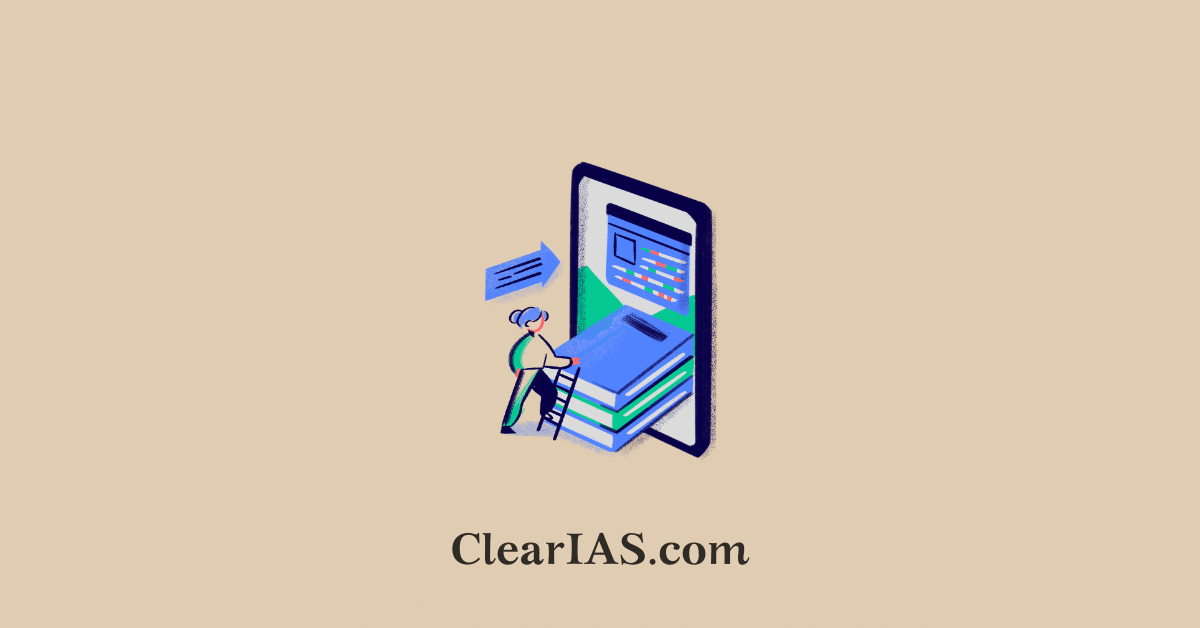
Kerala has become the first state in India to achieve 100% digital literacy. India has been on a journey to bridge the digital divide among its population through various initiatives. Read here to learn more.
The achievement of 100% digital literacy by Kerala stemmed from the Digi Keralam project launched in 2023.
Digital literacy is not just a skill; it is a gateway to empowerment in the 21st century.
Achieving universal digital literacy, along with robust infrastructure and affordability, is crucial for realising the vision of Digital India and for bridging the gap between the connected and the unconnected.
What is Digital Literacy?
Digital literacy is the ability of individuals and communities to access, understand, evaluate, create, and communicate using digital technologies.
It is not merely technical knowledge, but the capacity to use digital tools meaningfully in everyday life, be it accessing government services, online education, digital banking, or e-health platforms.
In today’s knowledge economy, digital literacy is a prerequisite for empowerment, reducing the digital divide, and ensuring equitable participation in governance and growth.
Kerala: India’s First Fully Digitally Literate State
Declared the first fully digitally literate state in India, Kerala has bridged a critical gap through the Digi Keralam Project, building on its legacy of social development and high literacy.
- Digi Keralam Project:
- Targeted senior citizens, homemakers, and digitally excluded groups.
- Relied on youth volunteers as trainers.
- Used K-SMART (Kerala Solutions for Managing Administrative Reformation and Transformation) to provide seamless online access to public services.
- Enhanced inclusion in governance, welfare access, and citizen participation.
- Other Initiatives:
- Akshaya Project (2002): Launched by President A.P.J. Abdul Kalam, it aimed to make at least one person per family digitally literate.
- Under the project, Mallapuram had become the first completely digitally literate district in India.
- It was a pioneering step in IT-enabled citizen service delivery, later becoming a model for digital literacy across India.
Digital Literacy in India: Current Status
According to the Central Board for Workers Education (CBWE):
- Only 38% of households are digitally literate.
- Urban India: 61% households are digitally literate.
- Rural India: 25%, reflecting a sharp digital divide.
This disparity mirrors larger issues of infrastructure, affordability, and socio-cultural barriers.
Government Initiatives for Digital Literacy
- National Digital Literacy Mission (NDLM) and Digital Saksharta Abhiyan (DISHA):
- Aim: Make at least one person per eligible household digitally literate.
- Target: 5 lakh beneficiaries.
- Achievement: 67 lakh trained, with 42% from rural areas.
- Status: Both schemes have now been closed after meeting targets.
- Pradhan Mantri Gramin Digital Saksharta Abhiyan (PMGDISHA):
- Flagship rural digital literacy mission.
- Goal: Rural inclusion through training individuals in cashless transactions, e-governance, online communication, and cyber safety.
- Outcome: 39 crore individuals trained till March 2024, making it one of the largest digital literacy programs globally.
Significance of Digital Literacy
- Governance and Inclusion: Facilitates access to welfare schemes, Aadhaar-based services, and grievance redressal portals.
- Education: Bridges learning gaps via online platforms, especially post-COVID.
- Employment: Expands access to e-skilling, job portals, and gig economy opportunities.
- Financial Inclusion: Enables safe use of UPI, online banking, and direct benefit transfers (DBTs).
- Health: Empowers citizens with telemedicine and digital health IDs (Ayushman Bharat Digital Mission).
Challenges
- Rural-Urban Divide: Sharp disparity in access to devices and the internet.
- Gender Gap: Women face cultural and financial barriers to digital access.
- Affordability: Devices, data costs, and training remain hurdles for low-income households.
- Language Barrier: The majority of content is in English, alienating non-English-speaking populations.
- Cybersecurity Risks: Lack of awareness exposes first-time users to fraud, misinformation, and data theft.
Way Forward
- Universal Access: Expand broadband penetration under BharatNet, focusing on remote villages.
- Localized Content: Promote digital tools and services in regional languages.
- Inclusive Training Models: Target women, the elderly, SC/ST, and differently-abled groups for special programs.
- Public-Private Partnerships: Harness CSR initiatives and startups for grassroots training.
- Cybersecurity Awareness: Integrate online safety, privacy, and digital ethics into literacy curricula.
- Integration with Education: Make digital literacy a core component of school and higher education curricula.
Conclusion
Kerala’s recognition as India’s first fully digitally literate state is a landmark achievement in India’s digital journey.
Yet, with only 38% digitally literate households nationally, the challenge ahead is immense.
Expanding digital literacy alongside infrastructure and affordability will be critical in achieving the vision of a Digital India, where every citizen can participate in governance, economy, and society without exclusion.
Related articles:







Leave a Reply